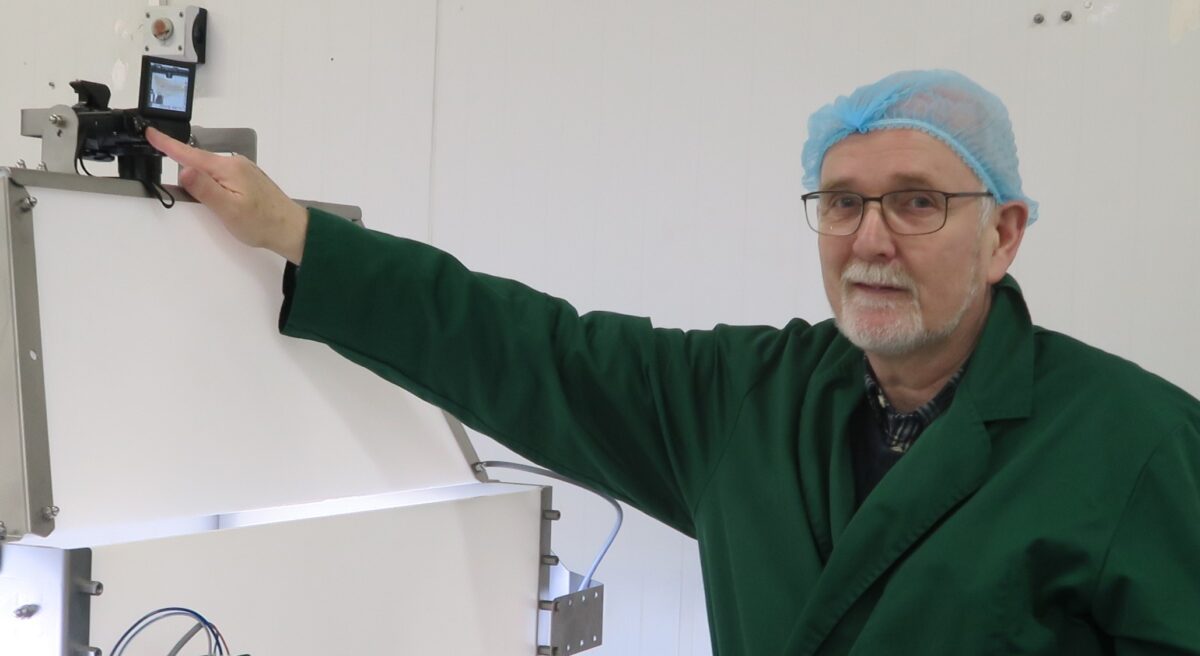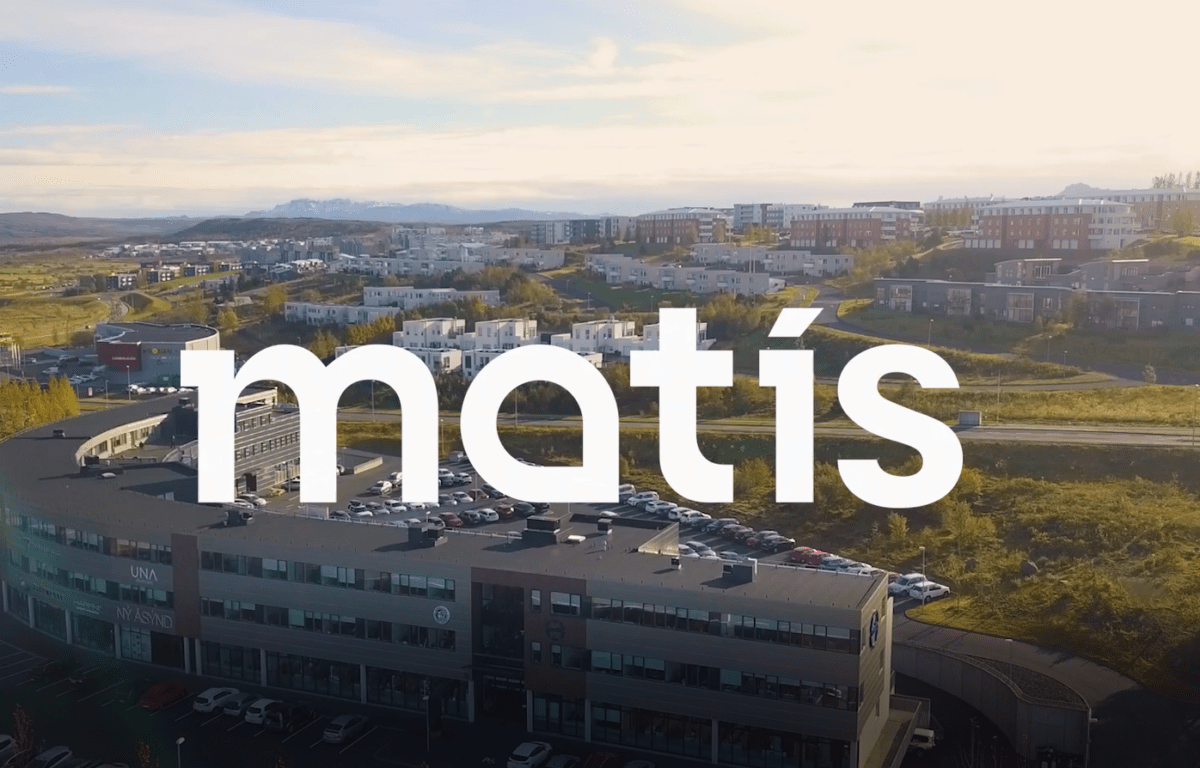Contact
Jónas Rúnar Viðarsson
Director of the Division of Research & Innovation
jonas@matis.is
Since 2005, the North Atlantic Seafood forum (NASF) has been an annual event where managers and stakeholders in the fishing industry and aquaculture meet in Bergen to learn about the main innovations and compare books. This time, NASF will be held on March 7-9. and about 1000 people are expected to attend the event. In recent years, online participation in the event has been offered, but this time, that option will not be offered. The program is particularly exciting this time, as a total of over 150 lectures will be given in 26 seminars. Don't miss this event!
Since 2005, managers and stakeholders in the fishing and aquaculture industry have flocked to Bergen annually to attend the NASF conference. The target group of this three-day conference has traditionally been managers in the fishing industry, aquaculture and related industries, ie. device manufacturers, marketing companies, banks, insurance companies, carriers, consulting companies, etc. Despite the cost of participation, between 800 and 1,000 people have attended the event each year, which shows how important this conference is to the target audience. The program this year is particularly exciting and has been published on nor-seafood.com.
If we take a look at the program, the following seminars deserve special attention:
- Aquaculture salmon market
- Land-based aquaculture and new tech
- Aquafeed summit
- Global whitefish summit
- Pelagic industry summit
- Shrimp summit
- Sustainability seminar
- Seafood investor seminar
- Decarbonization summit
As often before, Icelandic companies and individuals occupy a large place in the program. First of all, it should be mentioned that Marel and Benchmark Genetics/Stofnfisk are among the main sponsors of the conference and will also have presentations on the latest things that the companies have to offer. Then Landeldi will have a presentation of its structure, and most of the Icelandic aquaculture companies will also have presentations in the investor seminar section.
In recent years, fewer people have come to NASF than they want to, as it is a unique opportunity to meet all the key managers and influencers in the fisheries and aquaculture industry in one place, and hear what is the latest in the industry. Accommodation in Bergen is going fast during the event, so we encourage people to register early. Registration is taking place here.
Those who want to learn more about the event can contact jonas@matis.is or by phone 4225107.
















